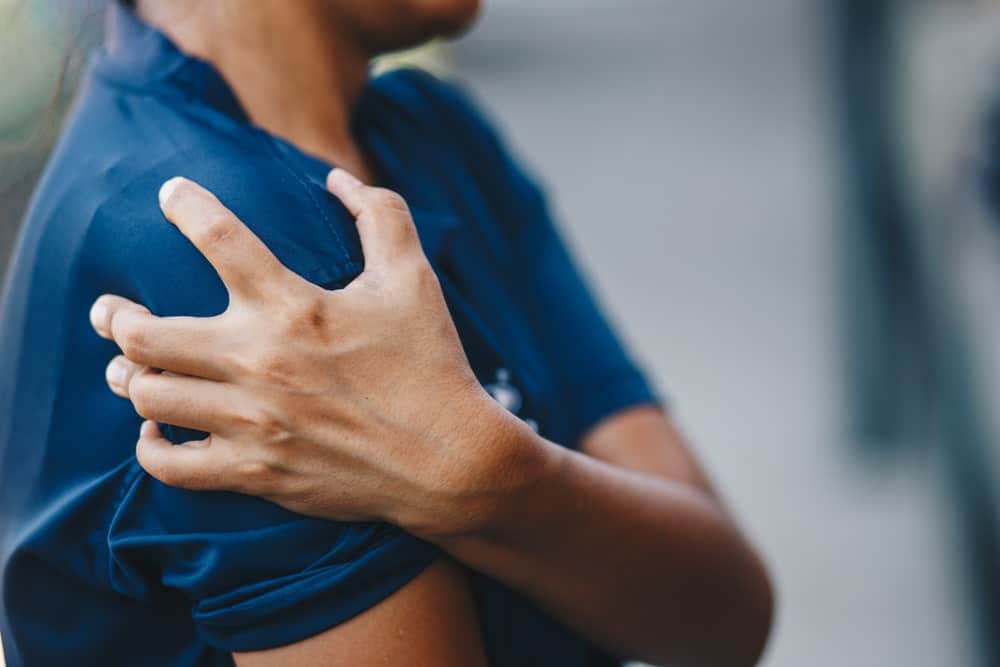What is Shoulder Instability?
The glenohumeral joint or your shoulder joint has the largest range of motion of the human body and the most unstable. This is due to the anatomy of the joint itself where the head of your upper arm bone (humerus) lodges into a concave area known as the glenoid fossa and creates a ball and socket joint called the glenohumeral joint.
Shoulder instability is defined as a loss of shoulder comfort and function due to undesirable positioning of the humeral head in the glenoid fossa.Ligaments (static) and muscles (dynamic) around the glenohumeral joint, in normal conditions, create a balanced reaction force. If the integrity of any of these structures are disrupted it can lead to a spectrum of pathologies from subluxation to dislocation.
Causes of Shoulder Instability
Traumatic
This type of instability comes from the result of an external force disrupting the integrity of any of the static or dynamic structures. The most common occurs anteriorly, usually resulting from fall or sporting incident, particularly when the shoulder is placed in severe abduction and internal rotation.
Atraumatic
Chronic Recurrent - This type of instability is caused by repetitive extreme external rotation with the humerus abducted and extended (throwing motion). This can be caused by gradual weakening of ligaments supporting the shoulder joint and is commonly associated with participation in sports such as gymnastics, baseball, softball, tennis, swimming and weight training.
Congenital Instability - This is a form of multidirectional instability, which is difficult to diagnose and treat due to lack of understanding of the pathology of this condition. It is not caused by a traumatic event, rather can be present in some individuals from birth. With this multidirectional instability, individuals can often have global shoulder pain, which usually cannot be pinpointed to a specific location.
Physiotherapy Management of Shoulder Instability
Initially, physiotherapy management will include exploring the causes or contributing factors to your shoulder instability. The traumatic type will include the RICER protocol for the first 2-3 days and then like the atraumatic types, followed by a structured management plan created by your physiotherapist. Other methods of management will involve, postural education and adaptation, motor control training of specific muscles, muscle strengthening, flexibility training and various techniques of manual therapy targeting the nearby joints and structures that contribute to shoulder stability. Although all these treatment methods have been shown to provide beneficial results, our physiotherapist will tailor a management plan to your scenario to ensure it is specific and individualised to your injury.
My Physio My Health
Trust our team of physiotherapists to help you recover faster and improve your quality of life.

 WISHING EVERYONE A HAPPY NEW YEAR! WE'VE RETURNED TO OUR REGULAR OPENING HOURS
WISHING EVERYONE A HAPPY NEW YEAR! WE'VE RETURNED TO OUR REGULAR OPENING HOURS




